Are you looking for a reliable productivity tracker to manage your time better and boost efficiency? In this article, we’ll explore the top productivity tracker tools of 2025, outlining their features and how they can transform your workflow.
Key Takeaways
- Productivity trackers provide critical insights into time management, helping teams allocate resources effectively and enhance efficiency.
- Key tools like Toggl Track, Clockify, and Hubstaff offer unique features suitable for various team needs, such as real-time tracking and advanced reporting.
- Implementing productivity trackers requires clear communication, customization, and ongoing monitoring to ensure team acceptance and optimized performance.
Why You Need a Productivity Tracker
Time tracking software offers numerous benefits that can revolutionize the way you manage work. It provides a complete overview of work trends, making it easier to bill clients accurately and understand project involvement in detail. For freelancers and office workers, having insight into how time is spent on various tasks can be a game-changer, offering greater control and efficiency. A time tracker can enhance this process even further.
Switching to a professional services platform for time tracking can streamline operations by consolidating multiple tools into one scalable solution. This not only simplifies processes but also enhances team performance by providing clear communication about the benefits of productivity tracking. A structured approach is essential for introducing a productivity tracker, which includes a clear communication plan to ensure everyone understands its advantages.
Ultimately, productivity trackers are essential for monitoring and improving time management, leading to enhanced productivity and streamlined team operations. Understanding how time is spent allows teams to make more informed decisions, balance workloads, and identify areas for improvement.
When it comes to boosting efficiency and streamlining workflows, productivity tracking tools are crucial for teams. These tools help monitor time, track progress, and provide valuable insights into team performance. In 2025, some of the best productivity trackers that stand out are Week Plan, Toggl Track, Clockify, and Hubstaff. Each of these tools offers unique features that cater to different needs and preferences.
Week Plan: Free and Comprehensive Planning and Time Management
Week Plan is an enterprise grade solution designed to help teams organize their tasks and time blocks effectively. It combines task management with time tracking to provide a holistic view of how the team spends their work hours. Key features include:
- Integration with Google Calendar and other calendar apps to sync events and set reminders.
- Desktop apps and browser extensions that allow users to start working and track time seamlessly without forgetting breaks.
- A focus on prioritizing tasks based on the Eisenhower Matrix, helping teams focus on what matters most.
- Automated reminders to help the team maintain focus and balance workloads.
Week Plan is ideal for small teams and larger organizations alike, providing tools to boost productivity and ensure efficient time management.
Toggl Track: Simplifying Time Tracking
Toggl Track is designed with simplicity and user-friendliness in mind, making it accessible for users of all levels. One of its standout features is real-time tracking, which:
- Allows users to start tracking time effortlessly without prior task setup
- Provides a precise overview of work schedules
- Helps teams stay organized and on track
Additionally, Toggl Track offers:
- Background time tracking for apps and websites, allowing users to track time automatically.
- Elimination of the need for manual entry, reducing errors.
- An idle detection feature that pauses time entry when users are inactive, ensuring accuracy.
Custom reporting dashboards provide quick access to data in a visual format, enhancing productivity and revenue evaluation.
Clockify: Free and Versatile Time Tracking
Clockify is a versatile time tracking software that:
- Organizes tasks by projects and tracks time spent on them.
- Is compatible across all platforms, making it a flexible choice for teams.
- Includes an auto tracker feature that automatically records automated time spent on different applications and websites, acting as a timer for efficiency.
This feature simplifies the tracking process and ensures accuracy.
Clockify also offers a comprehensive free plan that includes unlimited tracking, users, projects, and reports. Users can start tracking time with one click or input time manually, providing flexibility in how they manage their tasks. Integration with various applications enhances productivity across tasks, making Clockify a powerful tool for teams.
Hubstaff: Advanced Workforce Management
Hubstaff is an advanced workforce management tool that automates timesheets, controls campaign budgets, and tracks team performance to enhance productivity monitoring. It provides actionable productivity metrics that help analyze time usage and manage workloads effectively. This makes it an invaluable tool for project managers and team leaders.
The Hubstaff Insights add-on is designed to optimize workforces. It focuses on metrics such as utilization, efficiency, and productivity. Hubstaff also facilitates payroll processing through automatic paid payments based on time tracking data via preferred payroll platforms.
The Hubstaff mobile app allows employees to track time from anywhere on the web, ensuring flexibility in remote work hours and helping to manage their schedule.
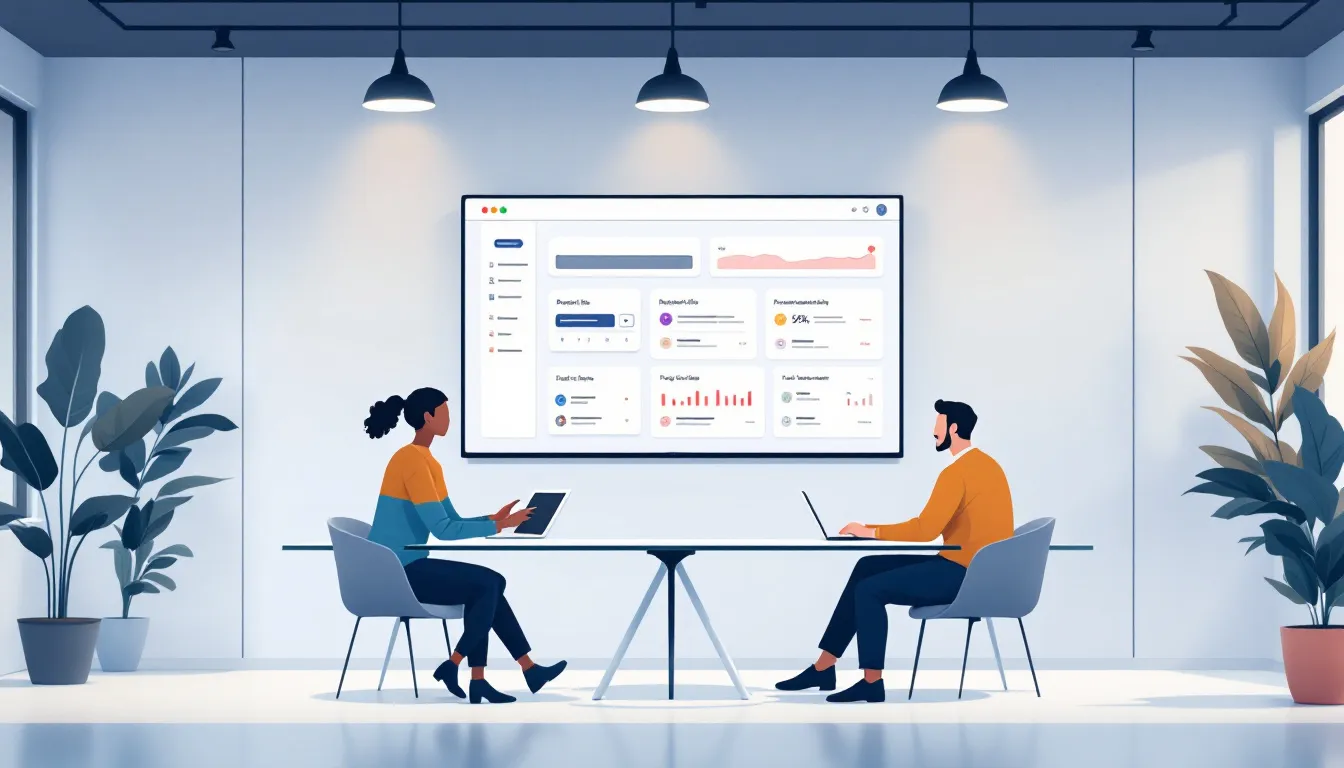 When it comes to boosting efficiency and streamlining workflows, productivity tracking tools are crucial for teams. These tools help monitor time, track progress, and provide valuable insights into team performance. In 2025, some of the best productivity trackers that stand out are Toggl Track, Clockify, and Hubstaff. Each of these tools offers unique features that cater to different needs and preferences. Here are some key features of popular time tracking tools:
When it comes to boosting efficiency and streamlining workflows, productivity tracking tools are crucial for teams. These tools help monitor time, track progress, and provide valuable insights into team performance. In 2025, some of the best productivity trackers that stand out are Toggl Track, Clockify, and Hubstaff. Each of these tools offers unique features that cater to different needs and preferences. Here are some key features of popular time tracking tools:
- Toggl Track: Known for its user-friendly features and intuitive interface.
- Clockify: Supports unlimited users and is highly scalable.
- Hubstaff: Provides advanced workforce management capabilities, making it ideal for larger teams and complex projects. Here are the specifics of each tool and how they can benefit your team.
Toggl Track: Simplifying Time Tracking
Toggl Track is designed with simplicity and user-friendliness in mind, making it accessible for users of all levels. One of its standout features is real-time tracking, which:
- Allows users to start tracking time effortlessly without prior task setup
- Provides a precise overview of work schedules
- Helps teams stay organized and on track. Additionally, Toggl Track offers:
- Background time tracking for apps and websites, allowing users to track time automatically.
- Elimination of the need for manual entry, reducing errors.
- An idle detection feature that pauses time entry when users are inactive, ensuring accuracy. Custom reporting dashboards provide quick access to data in a visual format, enhancing productivity and revenue evaluation.
Clockify: Free and Versatile Time Tracking
Clockify is a versatile time tracking software that:
- Organizes tasks by projects and tracks time spent on them.
- Is compatible across all platforms, making it a flexible choice for teams.
- Includes an auto tracker feature that automatically records automated time spent on different applications and websites, acting as a timer for efficiency.
This feature simplifies the tracking process and ensures accuracy.
Clockify also offers a comprehensive free plan that includes unlimited tracking, users, projects, and reports. Users can start tracking time with one click or input time manually, providing flexibility in how they manage their tasks. Integration with various applications enhances productivity across tasks, making Clockify a powerful tool for teams.
Hubstaff: Advanced Workforce Management
Hubstaff is an advanced workforce management tool that automates timesheets, controls campaign budgets, and tracks team performance to enhance productivity monitoring. It provides actionable productivity metrics that help analyze time usage and manage workloads effectively. This makes it an invaluable tool for project managers and team leaders.
The Hubstaff Insights add-on is designed to optimize workforces. It focuses on metrics such as utilization, efficiency, and productivity. Hubstaff also facilitates payroll processing through automatic paid payments based on time tracking data via preferred payroll platforms.
The Hubstaff mobile app allows employees to track time from anywhere on the web, ensuring flexibility in remote work hours and helping to manage their schedule.
Key Features to Look for in a Productivity Tracker
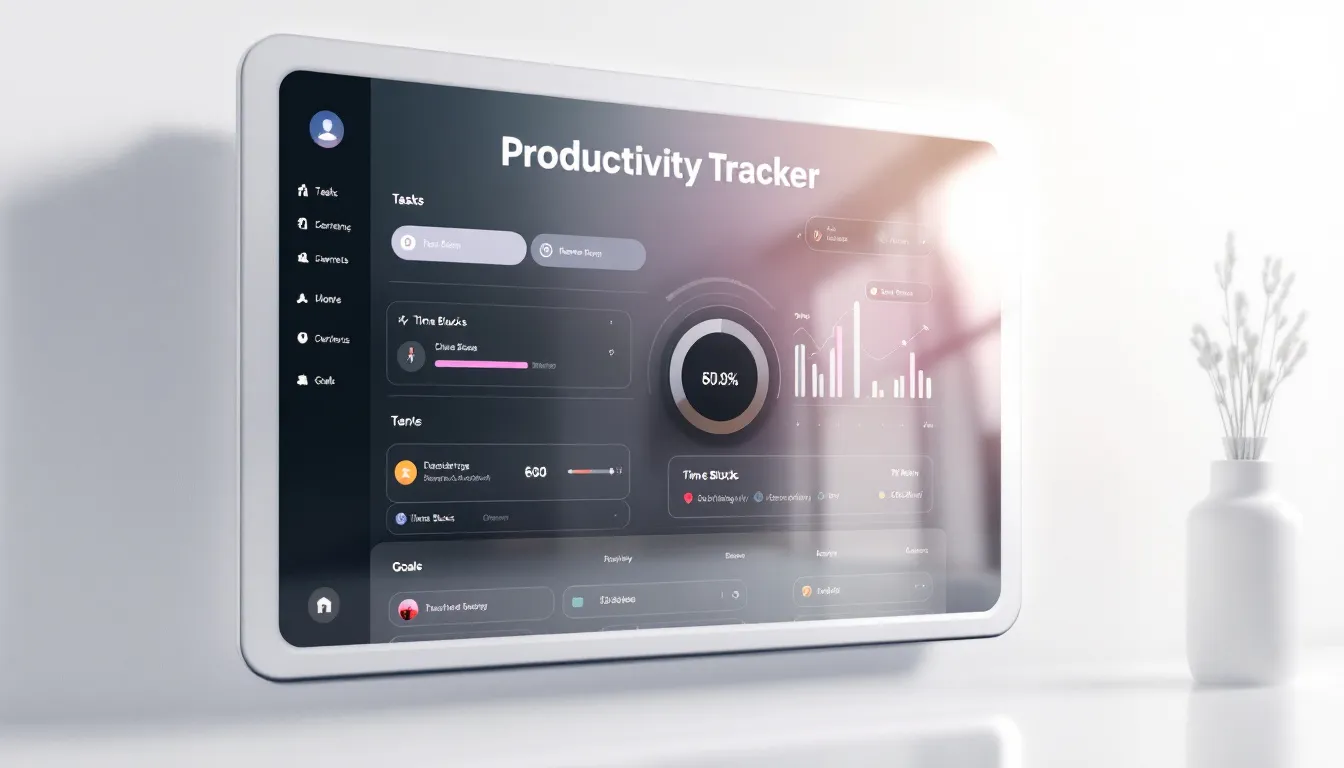
Selecting the right productivity tracker requires considering key features that can impact your workflow. Real-time tracking aids precise time management and boosts productivity. Advanced reporting features, including customizable reports that track employee activity and project progress, are vital for productivity analysis.
Integration with other apps enables automated data synchronization, streamlining workflows and reducing manual input. Customization options that align with specific team workflows can heavily influence the effectiveness and acceptance of the productivity tracker. Let’s explore these features in more detail.
Real-Time Tracking
Real-time tracking allows for immediate updates on task status, improving the ability to prioritize work. This feature helps in reallocating tasks based on employee workload, leading to improved efficiency and priority.
Collaboration also improves when productivity tracking tools provide insights into team performance and engagement metrics.
Advanced Reporting
Advanced reporting features reveal patterns in employee output, enabling businesses to allocate resources more effectively. For example, Clockify allows users to generate detailed reports that help in analyzing productivity over time. Identifying low-value tasks can improve overall profitability by allowing businesses to focus on high-value activities.
Integration with Other Apps
Integrating productivity trackers with other apps like Google Calendar and Trello streamlines time tracking and task management. Task tracking tools facilitate communication by allowing team members to comment and share updates directly on task cards, reducing email clutter.
These integrations centralize project information, helping team members prioritize activities effectively.
How to Implement a Productivity Tracker in Your Team
Implementing a productivity tracker involves a structured approach, including evaluating team needs and selecting appropriate tools. Creating a feedback loop with team members regarding the productivity tracker can guide ongoing improvements and ensure the tool meets their needs.
It’s essential to communicate clearly about the benefits of the tracker, importantly, to foster acceptance and commitment.
Getting Team Buy-In
To gain team acceptance for a productivity tracking tool, emphasize:
- Transparency
- Benefits to both the organization and individual team members
- Demonstrate its ease of use to significantly boost team acceptance and usage.
Involving employees in productivity tracking can improve engagement and foster a sense of motivation over their work.
Setting Up and Customizing
Customize your personal productivity tracker by defining working hours and setting up task prioritization to align with your team’s workflow. Involving team members in the customization process can enhance their commitment to using the productivity tracker.
Trial periods for the productivity tracker can alleviate concerns and provide team members a hands-on opportunity to experience its advantages over several weeks.
Monitoring and Adjusting
Automation features in task management software notify managers of approaching deadlines, enabling timely interventions to keep projects on track. Ongoing monitoring of team productivity and functionality is essential to ensure that workflows are efficient and goals are met.
Adjustments based on monitoring outcomes can optimize team performance and project management.
##Boosting Productivity and Profitability with Time Tracking 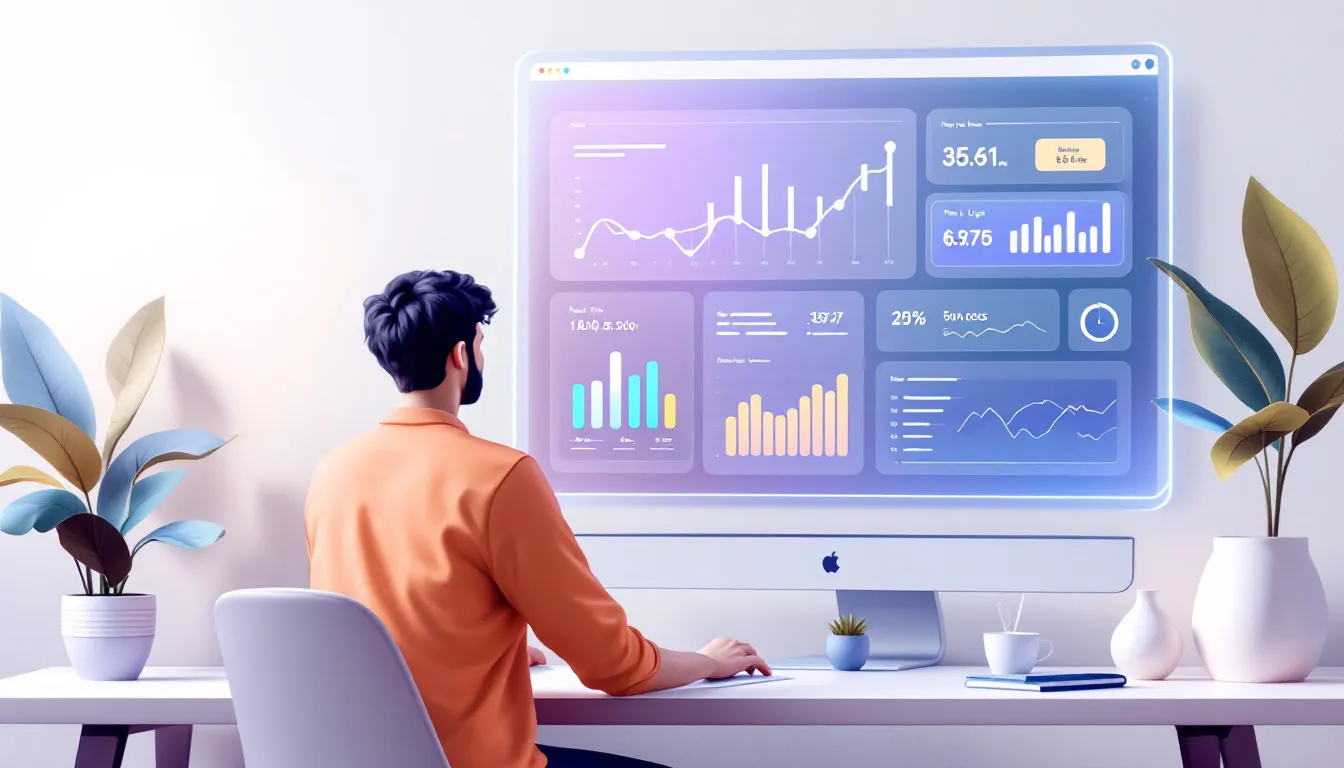 Effective productivity tracking helps identify and eliminate barriers that hinder employee performance, enhancing overall productivity. Regular analysis of tracking data is essential to identify workflow inefficiencies and make necessary adjustments.
Effective productivity tracking helps identify and eliminate barriers that hinder employee performance, enhancing overall productivity. Regular analysis of tracking data is essential to identify workflow inefficiencies and make necessary adjustments.
Integrating productivity trackers with project management tools boosts workflow efficiency and project success. Real-time tracking offers immediate insights into time allocation across tasks, improving time management for the project manager.
Balancing Workloads
Identifying productivity gaps is crucial for distributing workloads evenly among team members. Customizable reports help teams effectively analyze time usage and identify productivity gaps. Analyzing time tracking data is crucial for preventing burnout and enhancing team efficiency. Balanced workloads contribute to improved team performance and overall efficiency.
Enhancing Profit Margins
Detailed time reports offer insights into which clients or projects contribute most to the company’s revenue. Reports from platforms like Hubstaff indicate which projects are most profitable and which are time-consuming. Utilizing detailed time reports allows businesses to focus on activities that yield the highest returns.
A real-time and accurate view of business profitability helps managers make informed decisions about money without detailed financial reports.
Integrating Productivity Trackers with Project Management Tools
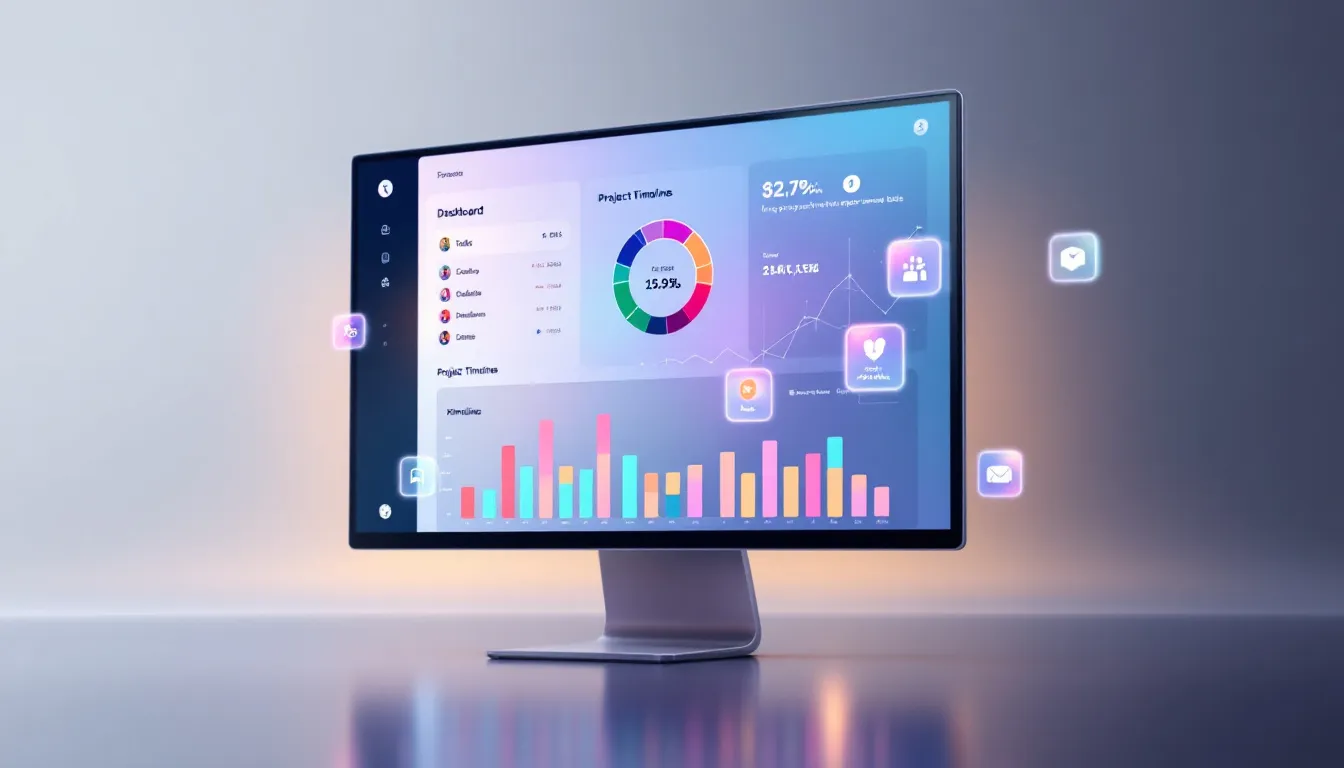 Effective productivity trackers should:
Effective productivity trackers should:
- Facilitate task management with user-friendly interfaces, allowing for efficient prioritization and organization of tasks.
- Integrate with applications like project management software to enhance overall workflow and data accessibility.
- Facilitate seamless communication among team members to enhance collaboration.
Integrating with communication tools can streamline updates and improve collaboration among team members. This ensures that everyone is on the same page, reducing the chances of miscommunication and enhancing overall project success. Acting on insights from productivity data can boost productivity and improve project management and resource allocation.
Streamlining Task Management
Integration streamlines task management, ensuring tasks are organized and easily retrievable. Tools like TrackingTime integrated with Todoist help users stay organized and track tasks effectively. Similarly, integrating Harvest with Google Sheets allows users to automatically create a new row for each time entry, simplifying tracking.
TrackingTime’s integration with Microsoft Excel allows automatic updating of time entries, enhancing tracked time and progress tracking. These integrations improve task organization and seamless progress tracking, significantly boosting productivity.
Improving Collaboration
Integrating productivity trackers facilitates enhanced collaboration by enabling teams to work with shared insights. Shared data from integrated productive productivity trackers fosters transparency, enabling better communication among team members.
Real-time updates from task management systems keep all team members informed about changes, fostering team management collaboration.
Ensuring Data Privacy and Security in Productivity Tracking
Ethical productivity tracking is crucial to avoid compromising employee privacy and maintain trust between management and staff. Protecting confidential data requires encryption, which transforms data into a secure format that only authorized users can decode. Access control mechanisms, such as multi-factor authentication and role-based access control, are essential for limiting data access to authorized personnel. Key security practices include:
- Regular security audits and continuous monitoring to identify vulnerabilities and detect unauthorized access in real-time.
- Data masking and anonymization techniques to safeguard sensitive information when used for testing or analysis, ensuring privacy is maintained.
- Implementing secure backups and a comprehensive disaster recovery plan to protect data against loss due to breaches or system failures.
Summary
In summary, productivity tracking tools are invaluable for enhancing efficiency and profitability. Tools like Toggl Track, Clockify, and Hubstaff stand out in 2025 for their unique features and capabilities. These tools help teams monitor time, streamline workflows, and make informed decisions based on detailed insights.
Integrating these tools with project management software and ensuring data privacy and security can further enhance their effectiveness. By implementing these tools strategically, teams can boost productivity, balance workloads, and enhance profit margins. Take the first step towards improved productivity and profitability by exploring these top productivity trackers and integrating them into your workflow.
Frequently Asked Questions
Why is time tracking important for freelancers and office workers?
Time tracking is crucial for freelancers and office workers as it provides valuable insights into task management, allowing for more effective time allocation and improved productivity. By understanding where time is spent, individuals can make informed decisions to optimize their work processes.
What makes Toggl Track a user-friendly time tracking tool?
Toggl Track stands out as a user-friendly time tracking tool due to its intuitive design, allowing users to easily utilize features like real-time tracking and background time tracking for apps and websites. This simplicity ensures that tracking time becomes a seamless part of your workflow.
How does Clockify support team productivity?
Clockify enhances team productivity by allowing unlimited users on its comprehensive free plan and by seamlessly integrating with various applications, streamlining task management.
What are the benefits of integrating productivity trackers with project management tools?
Integrating productivity trackers with project management tools significantly improves workflow efficiency and enhances team collaboration through better data accessibility, ultimately leading to more effective project execution.
How can data privacy and security be ensured in productivity tracking?
Ensuring data privacy and security in productivity tracking requires implementing encryption, access control mechanisms, regular security audits, and secure backups. These measures will help protect sensitive information effectively.
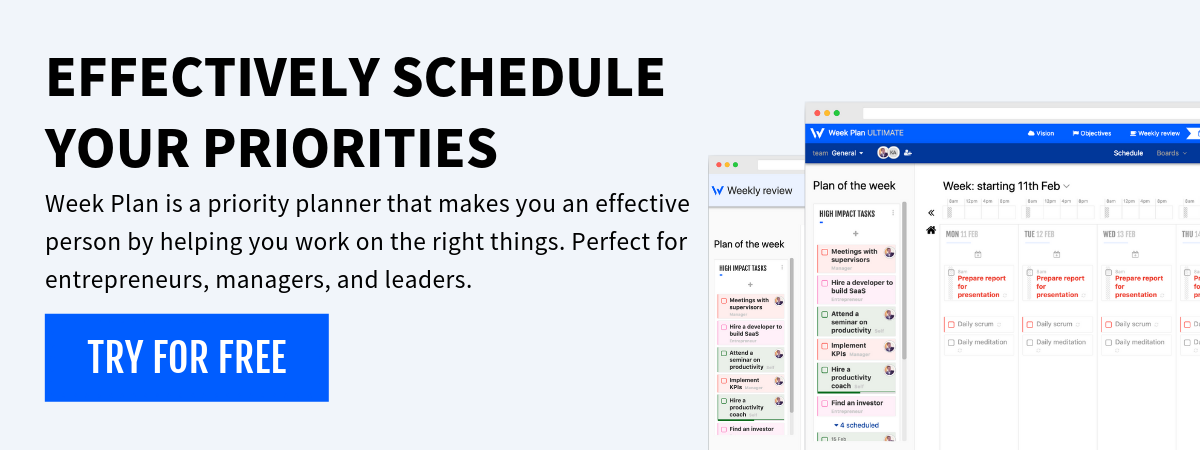
More Posts
Top 10 Best Digital Planners for Ultimate Organization
In an era where organization is key, finding the best digital planners can be a lifesaver. These modern tools are designed to help you manage your time efficiently, ensuring that you stay on...
What Are Time Boundaries and How to Set Them Up?
Allocating proper time blocks for every aspect of your work life is called the process of setting time boundaries. Managing appropriate Time boundaries plays a vital role in achieving your goals. Moreover, an...
The curling sweep principle
8 Vital Attributes Of The Successful Entrepreneur
It takes a lot to be a successful entrepreneur. But before we look at the attributes, let’s first take a closer look at the history behind the development and meaning of the word...